 According to UScourts.gov, “Native American Heritage Month (NAHM) is observed in November to call attention to the culture, traditions, and achievements of the nation’s original inhabitants and of their descendants. The official designation of NAHM was signed into law in 1990.
According to UScourts.gov, “Native American Heritage Month (NAHM) is observed in November to call attention to the culture, traditions, and achievements of the nation’s original inhabitants and of their descendants. The official designation of NAHM was signed into law in 1990.
When reflecting on recent NAHM achievements, one immediately thinks about Debra Haaland who “made history when she became the first Native American to serve as a cabinet secretary.” The UScourts.gov website also profiles U.S. District Court Judge Diane J. Humetewa, whose appointment to the federal bench in 2014 was also historic. More local to my tribal homelands in California, we celebrate another first – the election of James Ramos, a lifelong resident of the San Manuel Indian Reservation and member of the Serrano/Cahuilla tribe, became the first California Native American state lawmaker in 2018 [serving the 45th District].
These firsts demonstrate, perhaps, a new period of revitalization in Native American history. There are also significant firsts in tobacco work in tribal communities across the U.S. Paramount among these is the Navajo Nation who is profiled in a 2022 article entitled: Air Is Life: The Navajo Nation’s Historic Commercial Tobacco Ban: “On November 6, 2021, the Navajo Nation enacted the Niłch’ Éí Bee Ííná – Air is Life Act of 2021. The prohibition includes casinos, other businesses, and public Navajo buildings and lands—covers conventional cigarettes, e-cigarettes, cigars, and similar products. It excludes tobacco used for ceremonial purposes and use of any tobacco product in a person’s home.” Tribal public health professionals working on tobacco can look to this achievement as a model and aspiration.
Moving forward, we also contemplate the part of the legislation that mentions using tobacco for ceremonial purposes. This topic can create a conundrum in tribal tobacco work – how do Native Americans completely reject commercial tobacco if the only tobacco available for cultural ceremonies is commercial tobacco? This problem can reasonably be seen an artifact from the colonization of tobacco and will need thoughtful, tribally specific solutions to remedy. In the meantime, we will continue to engage in our tobacco work using our cultural, health equity, and public health lenses. Afterall, eliminating the commercial tobacco epidemic centers on addressing its connection to historical trauma, cultural genocide and exploitation, and ultimately addiction – the ultimate false promise that commercial tobacco offers.
Jackie Kaslow, DrPH, MPH, is the Director at the Red Medicine Tobacco Prevention Project








